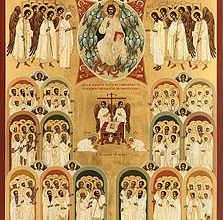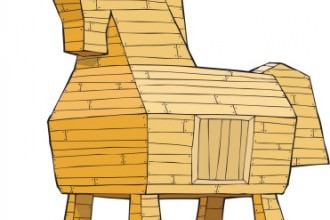Centaurs – Unique Creatures of Greek Mythology
Comments Off on Centaurs – Unique Creatures of Greek Mythology
 When it comes to Greek mythology, there are certain creatures that seem to be endlessly fascinating. The Centaurs, which In classic Greek Mythology, centaurs are creatures which are both half-man and half-horse. They are often depicted with the head and torso of a human with the body and legs of a horse. Here’s more information about this creature and the role it plays in Greek mythology:
When it comes to Greek mythology, there are certain creatures that seem to be endlessly fascinating. The Centaurs, which In classic Greek Mythology, centaurs are creatures which are both half-man and half-horse. They are often depicted with the head and torso of a human with the body and legs of a horse. Here’s more information about this creature and the role it plays in Greek mythology:
Appearance of these Creatures
These mythical creatures were popular in ancient mythology, often being represented in Greek sculpture, pottery, and other ornamentation. They symbolized the complicated relationship mankind held with the animal world and the tension between civilization and barbarism. Despite their frequent appearance in folktales, there is no clear origin of the centaur myth within the Greek tradition. Regardless, centaurs remain to be one of the most easily recognizable mythological creatures, and they are still present in modern art, movies, and literature.
Origin of the Centaurs
The origin of the centaur is unclear, and there is more than one myth surrounding the creation of the half-horse, half-man hybrid. The most popular origin story insists these creatures are a product of Centaurus, the offspring of Ixion and an illusion of Hera, Zeus’ wife. Ixion, according to legend, was tricked by Zeus into making love to a cloud which took the form of Hera. From this cloud came Centaurus, the first known centaur in mythology.
Historical Basis
Historians believe the myth of the centaur is sprung from the first reaction of the Greeks to horse-mounted nomads. These nomads would likely appear, to an outsider, as half-man and half-horse. Pindar is the first Greek writer to reference the centaur, and he writes of them as combined monsters. Writers and philosophers throughout Greek history will continue to paint centaurs as uncivilized and animalistic, a narrative that will become more complicated throughout history.
Notable Centaurs of Greek Mythology
The ancient Greeks had many stories involving centaurs. The most notable of the Greek centaurs is Chiron, known as the tutor of the god of medicine. According to myth, Chiron serves as the tutor for both Hercules and Achilles. He is often depicted wielding a branch over his shoulder and with less horse hair on his body. His depiction implies he was seen as a more civilized centaur. Other centaurs were described with more animal qualities, unable to conform to human society.
Modern Depictions
Centaurs still continue to appear in stories today. Literature and movies of the modern age often draw upon Greek traditions, and centaurs are a fascinating product of the rich mythology of the ancient world. While these hybrid creatures previously served as a symbol of the nearness of man to savagery, today they are often represented as wise, noble creatures. For instance, the centaurs in C.S. Lewis’ The Chronicles of Narnia are gifted fortune tellers and stargazers. In addition, J.K. Rowling’s Harry Potter series also portrays centaurs as skilled healers and astrologists.
Centaurs have had a long history since their days of Greek conception, but it is no coincidence they still appear in stories today. These hybrid creatures straddle the border between man and animal. They are both knowledgeable and wild, unable to be tamed by human civilization.
Categorized in: Greek Mythology
This post was written by Greek Boston




